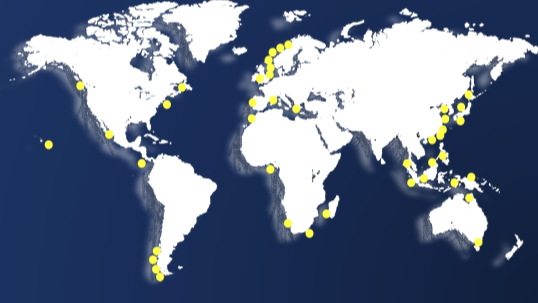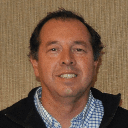
HIGH PRODUCTIVE CAPACITY
The vessel can produce up to 3.900 metric tons of commercial fish production

DECREASES THE RISKS OF CONVENTIONAL AQUACULTURE
Through its efficient and eco-friendly propulsion system, it monitors, seeks and follows the best water conditions for fish production, always maintaining the best levels of oxygen, temperature, pH, salinity and other important variables to maintain a high fish productivity avoiding areas of low oxygen, acidity, algae bloom, red tide and other risks affecting coastal aquaculture.

FREE ANCHORING
No need to be anchored to a particular area.
Able to move autonomously in the seas.

ABLE TO AVOID BAD WEATHER CONDITIONS
Autonomous propulsion capacity, reaching up to 4 knots, provides the ability to avoid severe weather or other adverse offshore conditions.







